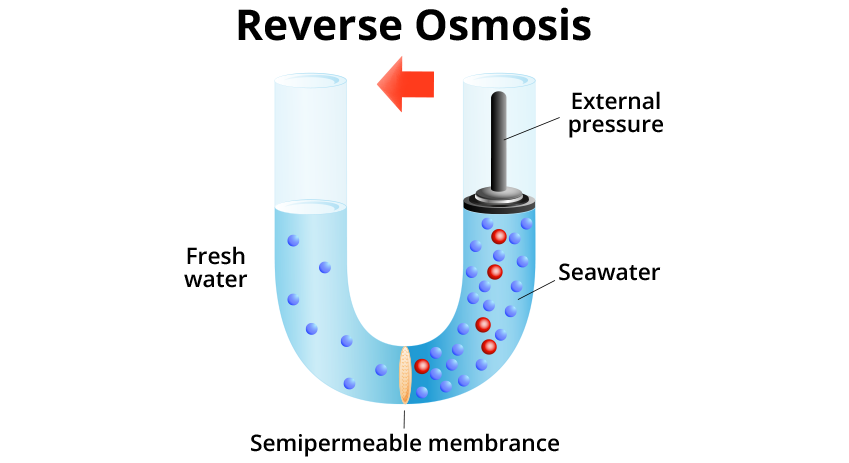Learn It
A claim is a statement that represents the most important information that the author wants you to learn about the topic or concept. Authors support their claims through evidence which may consist of facts, research findings or statistics, and quotes from experts. When considering the evidence, the reader must assess the clarity of the reasoning, which is how the writer explains the importance of the evidence and makes specific connections between the evidence and how it supports the claim. The better the reasoning, the stronger the author’s claim.

Reverse osmosis uses a semipermeable membrane, which acts like an extremely fine filter to create drinking water from contaminated water or saltwater. Pressure is applied to the saltwater or contaminated water part of the filter, forcing only water molecules and the tiniest molecules through the membrane to the other side. The final result is cleaner water.
Read the following excerpt from the article “California to tackle water scarcity by converting seawater Opens a new window,” and then explore the slideshow to learn how to identify the author’s claim and assess the reasoning and evidence.
Thirsty State's Eager Anticipation
Reverse-osmosis desalination was invented in California in the 1950s, but since then it has mostly been used outside the United States. When the Carlsbad plant begins operating in 2016, it will be the largest desalination project ever built in the Americas.
The eyes of a thirsty state are on this project: It is an all-important test for an industry eager to expand in California, where residents are famously protective of their coastline and are accustomed to cheap water.
“This plant can’t come online fast enough,” said Bob Yamada, water resources manager at the San Diego County Water Authority, which serves 3.1 million people and is buying all of the plant’s freshwater production. “It’s drought-proof," he said. "It will be the most reliable water source we have.”
— Newsela Opens a new window, December 4, 2014
Bolded terms in the slideshow are defined in the Glossary.













